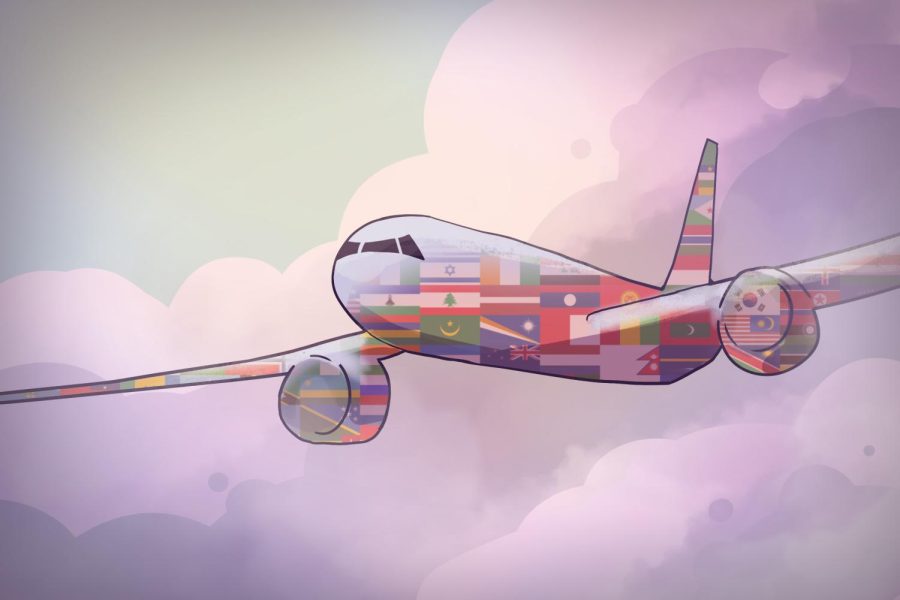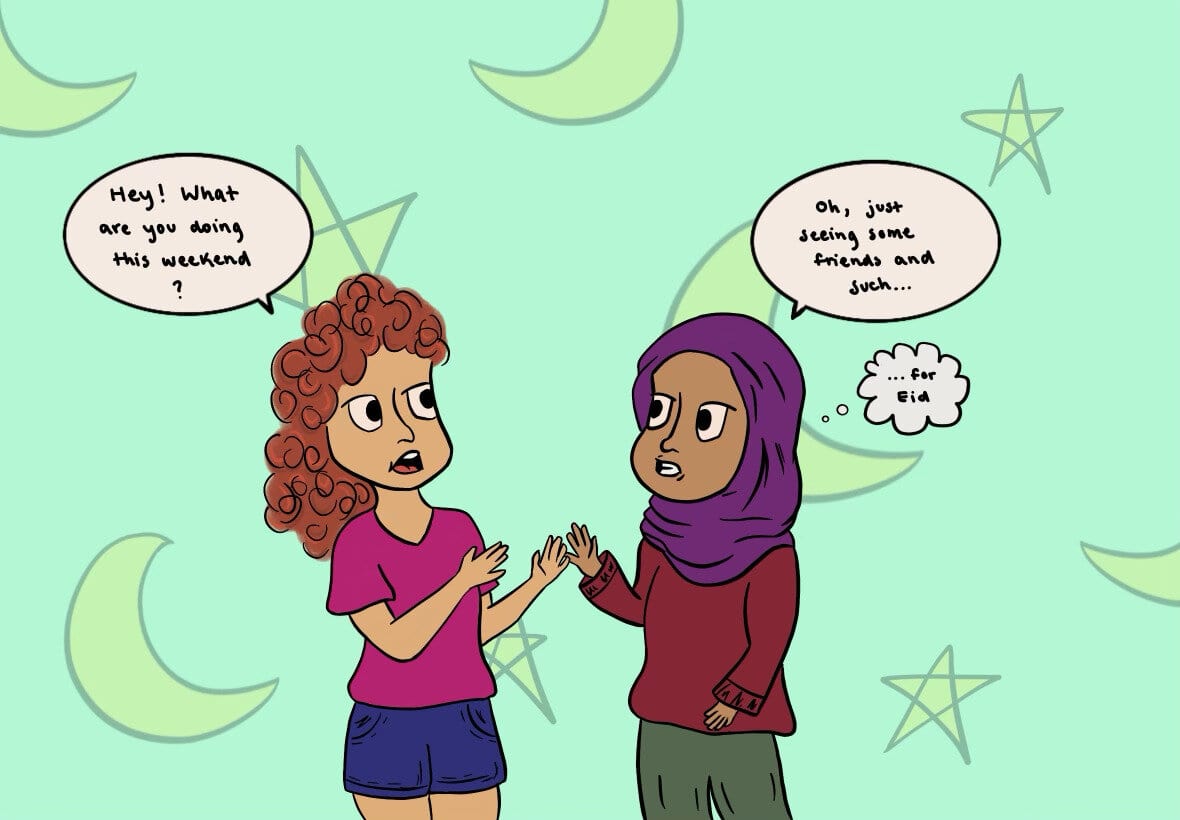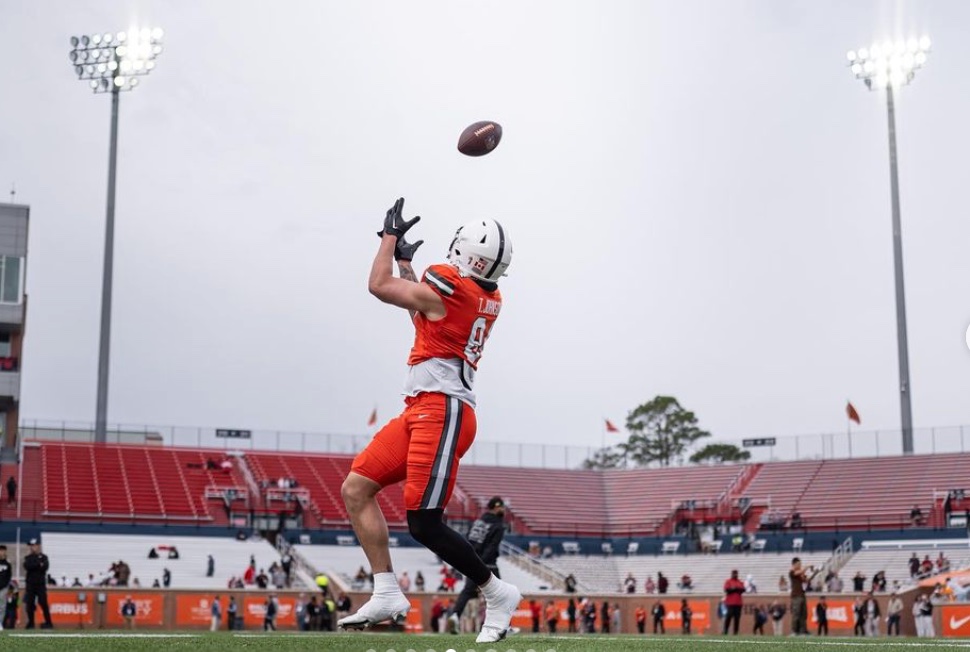If there’s anything I love, it’s a personal challenge. My AP Environmental Science class recently read “The Omnivore’s Dilemma,” where author Michael Pollan goes vegetarian to see things from a new perspective.
Some other APES students and I took a journey into the world of veganism for two weeks to understand this perspective and to see if we could survive.
My first step was to figure out what it meant to be a vegan. As it turns out, veganism meant more than excluding animal products in my diet. In an effort to not exploit animals, vegans abstain from wearing fur, leather, wool or silk. To my dismay, vegans avoid what I consider to be fashion staples. Did this mean I couldn’t wear my leather boots? My soft woolen sweaters?
I knew that vegan diets typically exclude meat, poultry, eggs, seafood, dairy and honey. What came as a surprise was that some vegans avoid whey and gelatin, which both derive from animal products. I had trouble believing that eating marshmallows, which contain gelatin, violated animal rights.
The next step in my journey was nutritional research. Vegan diets are high in fiber, magnesium, folic acid, vitamin C, vitamin E and iron, according to the American Journal of Clinical Nutrition. However, I needed to find out how to supplement essential vitams such as omega-3 fatty acids, vitamin D, calcium, zinc and most importantly, vitamin B12. Most vegans take a vitamin B12 supplement by pill, and some take supplements for other vitamins as well.
Luckily, many foods I already eat are vegan and nutritious. Peanut butter, tofu and fruit are all vegan friendly. Almond and soy milk can substitute for regular milk. Nature Valley bars, Oreos, Fritos, Swedish Fish and Lays chips are among the many snack foods that don’t contain animal products. Restaurants like Sweet Green, Cava, Puree and Starbucks are all vegan friendly, I still had dining options in downtown Bethesda.
The first couple of days were difficult. I ate a lot of carbs, and forgot to pay attention to my vitamin consumption. I got occasional stomach aches, and found it difficult to go out with my friends and eat. I was a “Debbie downer” of sorts, unable to blend in with the rest of the food preferences. And, okay, I ate a peanut butter Nature Valley bar almost every day (don’t they say it makes the doctor go away?).
In addition, expenses were an issue. Although my parents were extremely flexible about my dietary changes, it does cost more to buy vegan foods at the supermarket. Likewise, the restaurants mentioned above jack up prices—it doesn’t pay to be healthy.
After a while, I found a balance between expenses and health. My diet became a pattern, and although repetitive, it was very doable for a short period of time. I also expanded my palette by trying foods I never thought I would, like beet chips and wasabi peanuts. Granted, they were pretty disgusting, but the classic PB&J never failed me.
I can’t say I’d be vegan long term, because it would require extremely conscious eating and could make some social situations awkward. Nevertheless, I enjoyed the experience. The amount of animals whose products I didn’t exploit certainly is small, but not intangible. Overall, vegans eat higher quality food and do good for the environment. This two-week experience will change the way I think about choosing which foods I eat.
And, I’ve gained extreme respect for Hollywood’s most famous vegan, Natalie Portman. Let’s hope she doesn’t own Uggs.








